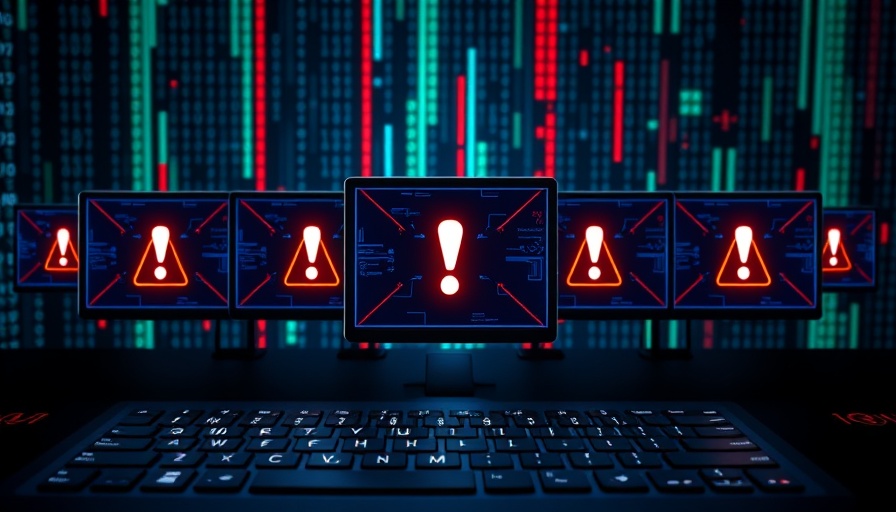
The Vital Role of Next-Generation Firewalls in Healthcare
In a medical landscape increasingly riddled with cyber threats, the implementation of next-generation firewalls (NGFWs) stands as a pivotal strategy for enhancing cybersecurity measures within healthcare institutions. As cybercriminals refine their tactics, merely relying on traditional firewalls is no longer sufficient.
Next-generation firewalls employ advanced technology, including artificial intelligence, to not only protect data but also adapt to the evolving threat landscape. As Vince Tsugranes, chief architect at Red Hat, explains, these firewalls represent a substantial leap from the basic, rule-based systems of previous generations. They possess the ability to analyze network traffic intricacies, thereby anticipating future threats and dynamically adjusting defenses in real time.
A Shift from Traditional Firewalls
Traditional firewalls, akin to a single guard at the entrance of a facility, can inadvertently permit unauthorized access by overlooking suspicious activities once inside the network. They typically rely on simplistic rules such as IP addresses and port numbers, which can be easily manipulated by attackers.
In a stark contrast, NGFWs utilize deep packet inspection to scrutinize and validate the content of incoming traffic. For example, in a hospital setting, an NGFW can restrict access to sensitive electronic health records (EHRs) by ensuring that only trusted applications are allowed traffic through specific ports. This proactive monitoring becomes crucial in maintaining compliance with regulations such as HIPAA and safeguarding patient information.
The Future of Healthcare Cybersecurity
The integration of artificial intelligence (AI) into healthcare cybersecurity not only boosts security but also exemplifies the broader trend of AI in healthcare systems. Innovations in health technology point towards a future where AI-driven solutions simplify data protection while improving overall patient care. These advancements are particularly relevant as the healthcare sector increasingly embraces telemedicine, requiring robust security measures to maintain patient trust and confidentiality.
Conclusion: Embracing New Technologies for Enhanced Protection
As cyber threats in the healthcare realm continue to evolve, embracing NGFWs offers a robust solution to protect sensitive data and ensure compliance with industry regulations. The incorporation of AI technologies into these firewalls could redefine the security landscape, enabling healthcare organizations to respond adeptly to threats. For professionals in the healthcare sector, staying informed about and implementing these emerging technologies is imperative for maintaining patient trust and ensuring data security. In a world where the future of healthcare technology hinges on digital resilience, the proactive measures that incorporate NGFWs could serve as a cornerstone for success.
 Add Row
Add Row  Add
Add 




Write A Comment